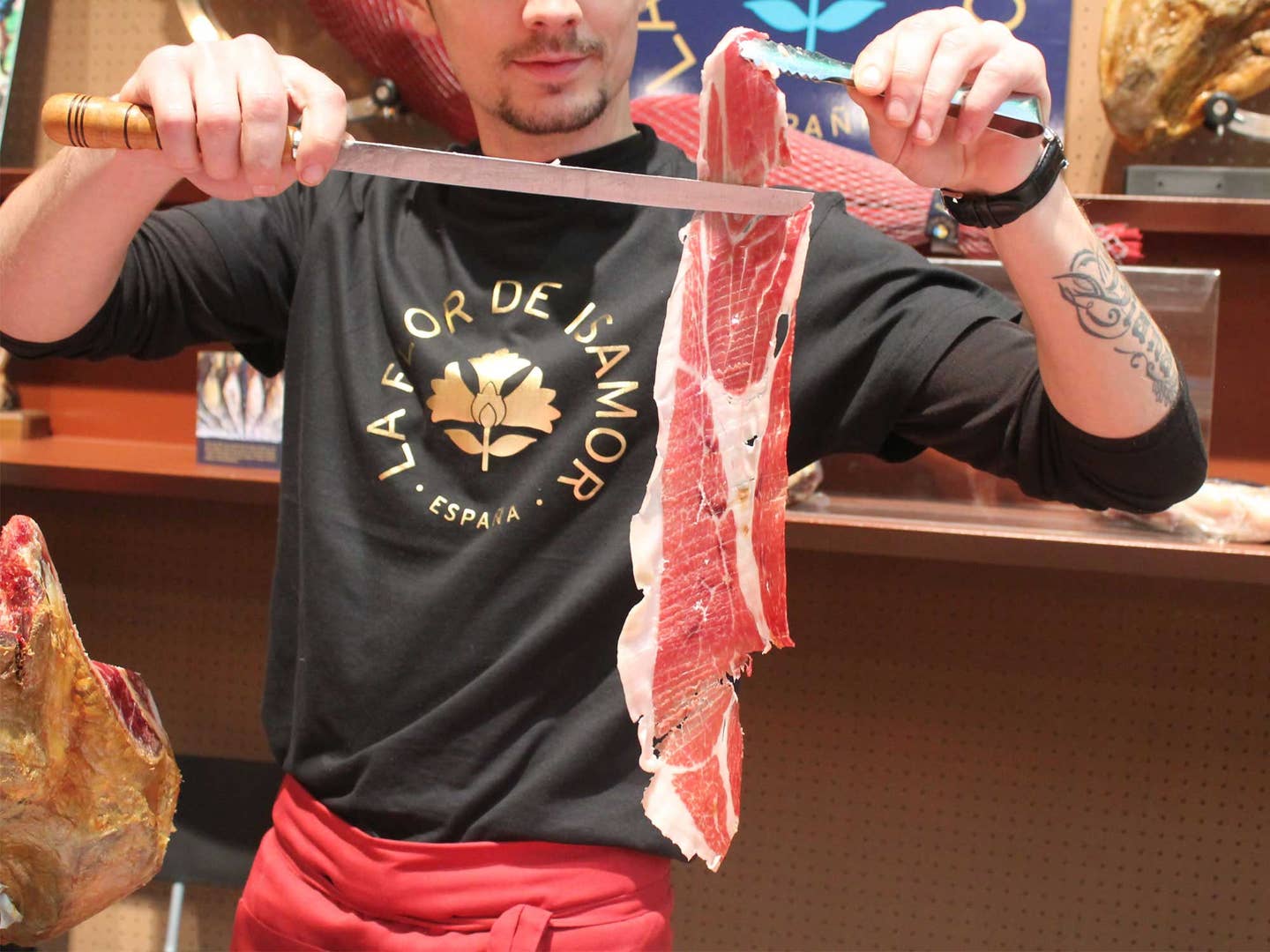
10 Rare, Outstanding Italian Food Products to Add to Your Pantry
Once a year, over 300 of Italy’s finest specialty food producers descend on Florence for a week-long fair celebrating the country’s best prepared food; here are our favorite items
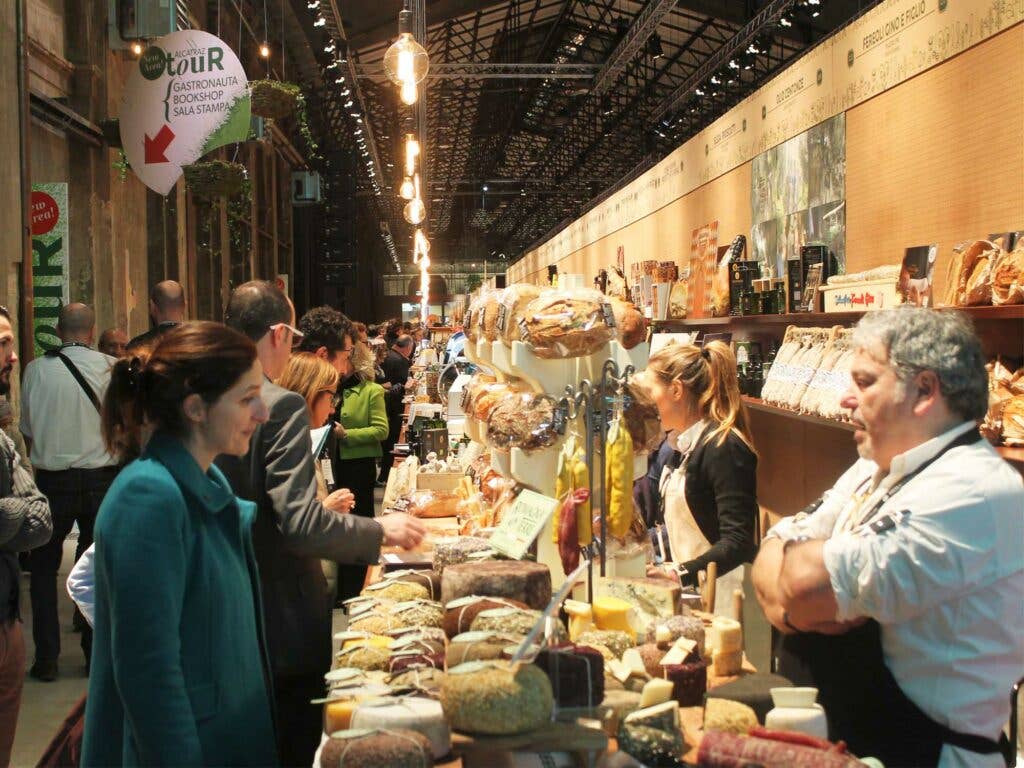
The Italian pantry is vast. To talk about Italian food is to talk about wine, olive oil, salt, truffles, anchovies, prosciutto and salami and other cured meats, vinegar, cheese, hazelnuts—and so on. The country’s 20 regions are each known for producing their own distinct and impressive foodstuffs, making Italy one of the world’s leaders in fine craft foods easy to obsess over.
This enormous range of craft coalesces annually in Florence at Pitti Taste, a week-long event that brings over 340 food producers and their products together under the roof of the Stazione Leopoldi to show off the best of Italian food. What you get is the Italian pantry on steroids, filled with every food that makes Italy Italy.
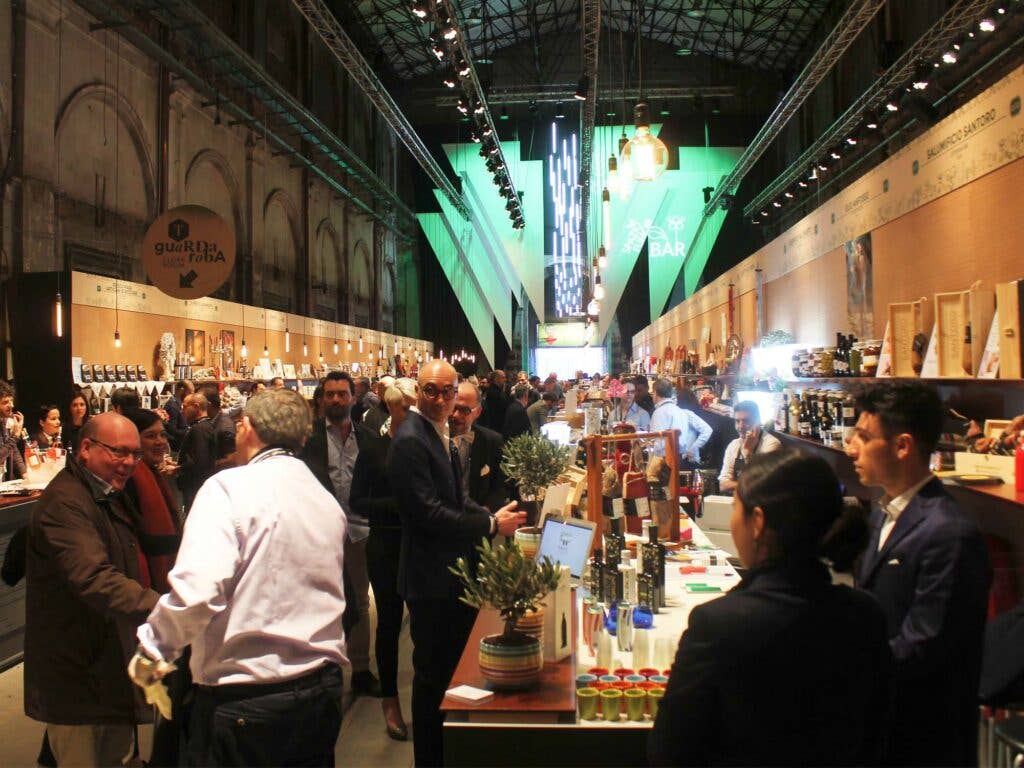
Some of these products eventually make their way overseas to America, but many stay put in Italy and Europe, leaving the continent only for individual online sales. For the roving international eater, the fair offers a unique chance to learn about—and sample—some of the best of what the country has to offer.
With a nation of products to choose from, how are these 300+ producers chosen? “The selection process is lead by a committee of food professionals that consider high quality, special productions, and special stories behind the products as criteria for its decisions,” says Agostino Poletto, deputy general manager and marketing manager for Pitti Immagine. In its 11 years, “Taste has become the salon dedicated to Italian quality food and drink,” Poletto continues, “a reference [point] for the ever-growing and enthusiastic audience of people passionate on niche food culture.”
A 375-page guide tells the stories of the producers present. Here is a shortcut guide to 10 particularly amazing products to seek out.
Goose Charcuterie: Oca Sforzesca
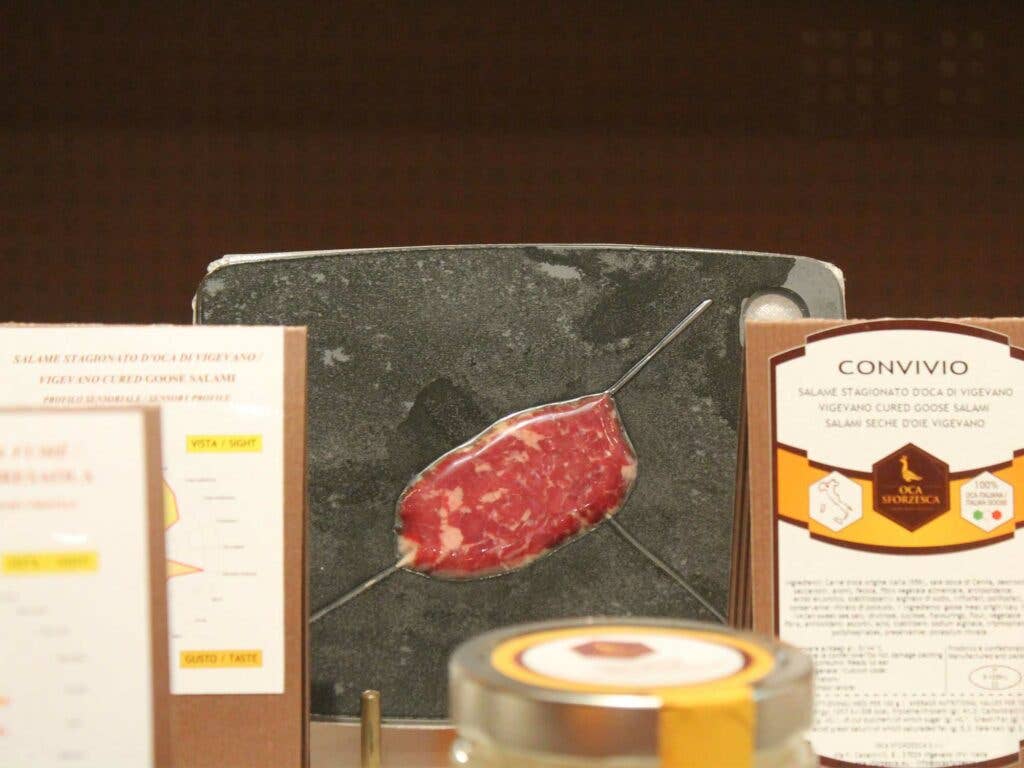
In a country that so praises the pig, it is exciting to see cured meats made from other animals. In northern Italy's Lombardia region, people have been making goose charcuterie since the 11th century, and Oca Sforzesca is the first and only Italian company to specialize in the production of 100% goose meat. Their products include goose salami wrapped in hand-sewn goose skin, smoked goose breast, goose bresaola, goose cotechino, and rendered goose fat. The leaner meat is sweeter and less salty than pork, and a great expression of a northern Italian delicacy.
Experimental Cheese: De' Magi Alchimia De' Formagg
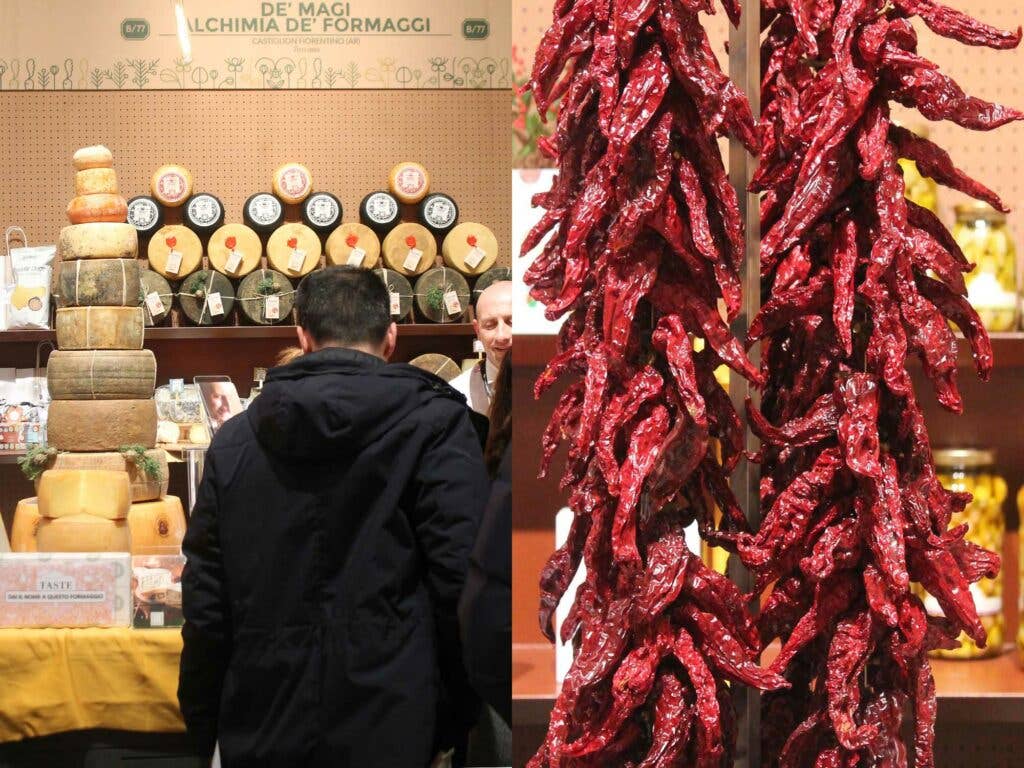
Any cheese lover will melt at the sight of the stacks of wheels of De’ Magi cheeses. In the heart of Italy, halfway between the Adriatic and Mediterranean Seas in Tuscany, affineur Andrea Magi takes an experimental approach to cheese making. He defines his work as that of an alchemist because of his desire to experiment and test the results of different microclimates and particular methods of aging his cheeses. In addition to producing his own cheese, Magi also works with other producers to improve their cheesemaking efforts. Whether young (try a creamy Pecorino) or aged into wheels you’ll want to grate on everything, Magi’s cheeses capture the setting in which they’re made. That is to say fresh and grassy, some milky, and others woody and cavernous.
Real, Honest Balsamic: Il Borgo del Balsamico
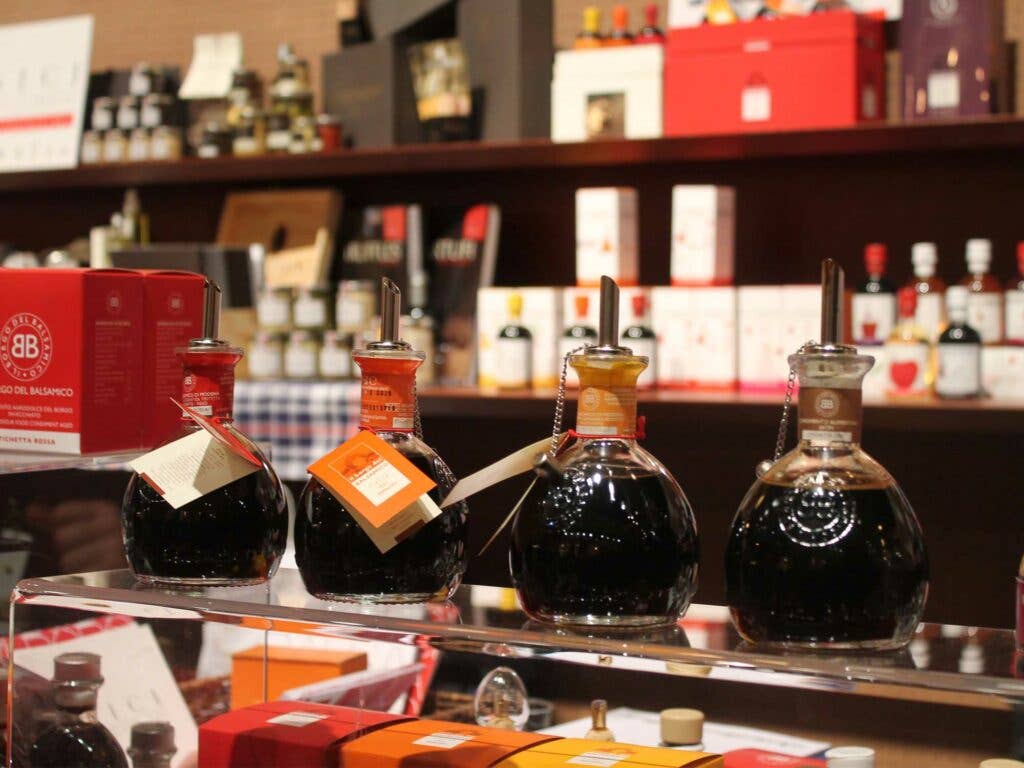
Cristina and Silvia Crotti are the founders of this balsamic vinegar operation in Emilia Romagna. Born from family tradition, the Crotti sisters’ product is now differentiated by various colors of packaging. The yellow, orange, and red-labeled balsamics (youngest to oldest, respectively), start at a minimum age of four years, and each is intended to be used for different culinary applications, with suggestions on each label. “Today it’s so important to give clear information to consumers,” Cristina Crotti says. “We are bombarded by information that doesn’t inform.” The youngest version is bright and sharp, with a lot of natural acidity. The orange and red, still have a zing, but it’s muted slightly by the natural sweetness and viscosity that develops from evaporation (and the resulting concentration of sugars) that comes with age.
Exceptional Salami: Fereoli Gino e Figlio
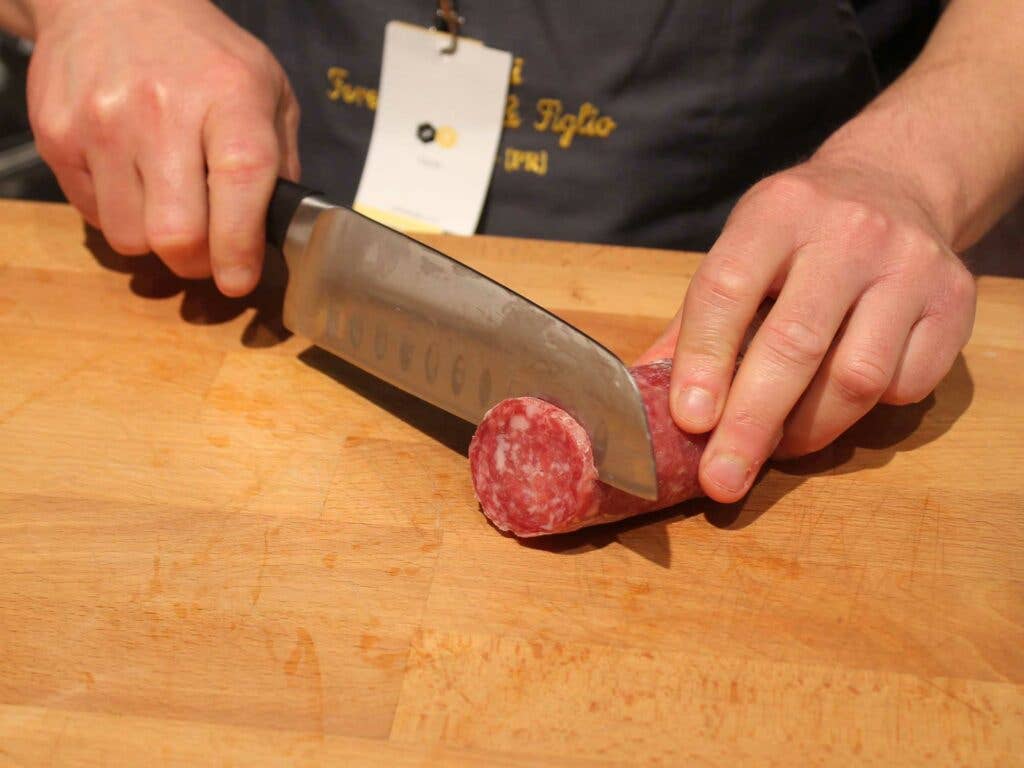
Emilia Romanga, specifically Parma, is considered the Italian capital of cured meats. This is where the Fereoli’s family business has been in operation since the 1800s. The classic Felino Salami, aged for 10 weeks and spiced with just salt and black pepper, melts in your mouth and is likely to make any other salami underwhelming by comparison.
Amazing Olive Oil: Antico Frantoio Muraglia
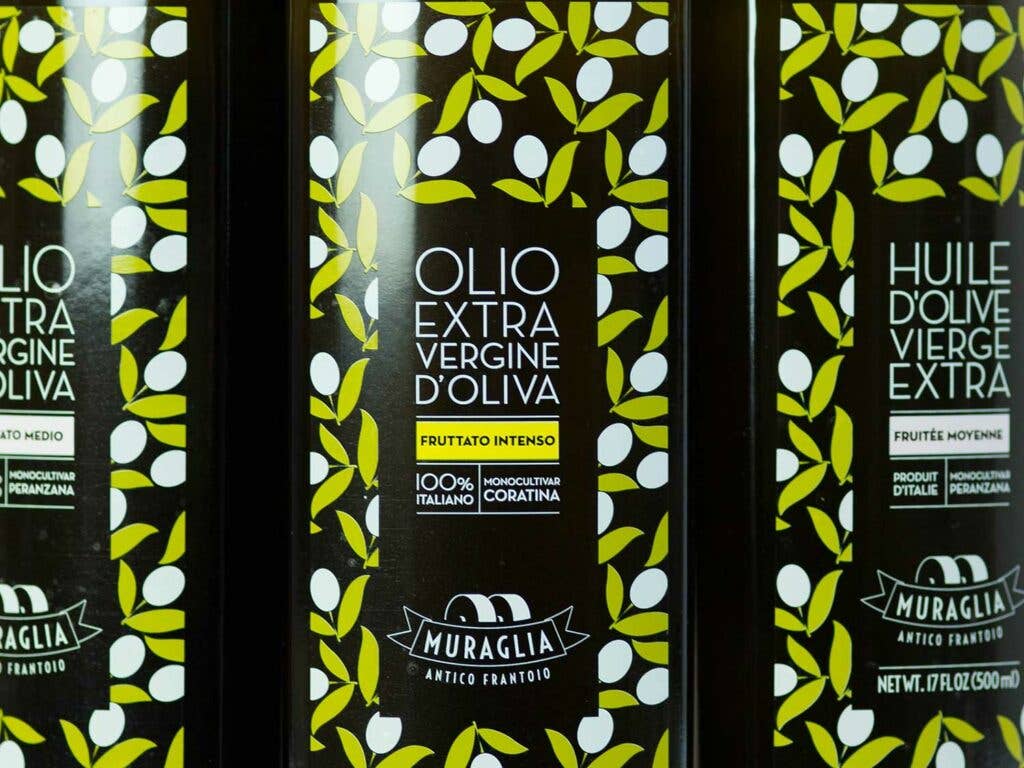
Olive oil labeling fraud is a growing problem, and finding legit from-the-source oil is more and more challenging. This is one more reason to try the vibrant, fresh monocultivar oils (made from singular olive varietals) from the Muraglia family, which has been producing high-quality oil in Puglia using traditional methods and local olive varietals for five generations.
Mountain Spirits: Distilleria Erboristica Alpina

Wine has always cast a shadow on Italy’s spirits culture. But once you get past wine—and the well-known grappa and limoncello—you get to dig into the country’s vast world of amari. These bitter elixirs, like Italian food, vary from region to region based on availability to local ingredients. In Piedmont, Distilleria Erboristica Alpina takes advantage of the alpine climate: harvesting raw ingredients from the mountains around Susa Valley and infusing their spirits with them. Most notable is Granger, made from genepy, alpine plants similar to wormwood that grow in France and Switzerland in addition to northern Italy. It’s unlike any amari I’ve ever had (I added six bottles that aren’t imported to my steadily growing collection after this trip): surprisingly full-bodied, more sweet than bitter, with a rich texture and traces of licorice and grass.
Jaw-Dropping Juice: Kohl
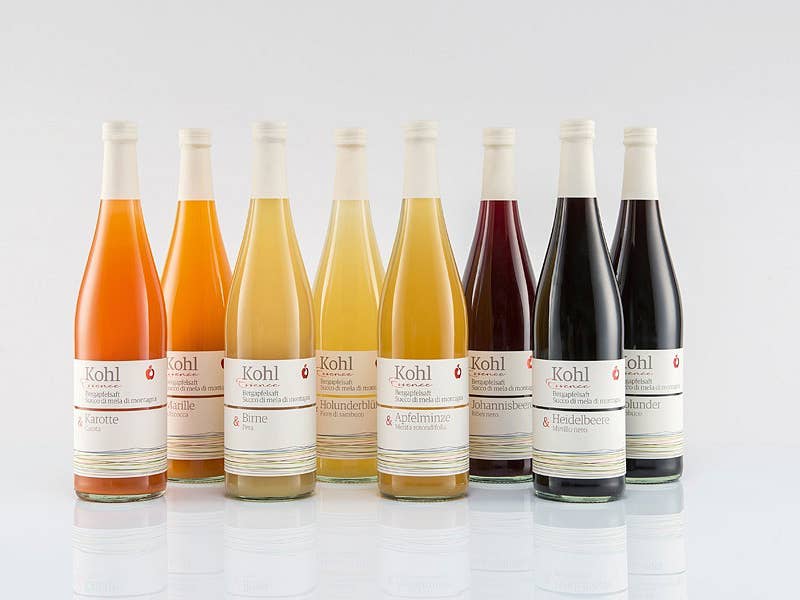
Apples and pears thrive in the cool alpine climates of Trentino Alto-Adige in northern Italy. And with a culture full of customs, knowledge, and tradition of turning fruit into juice (albeit usually fermented), Kohl makes fresh juices with mountain fruits and vegetables that have the same terroir-driven ethos that guides Italy’s wine production. There are nuanced, single-source apple juices made from local varieties like Pinova, Elstar, and Gravenstein, and blends of apple, apricot, pear, carrot, currant, and blueberry.
Craft Italian Beer: Birrificio Bruton

Birrificio Bruton was at the forefront of the craft beer movement in Italy when it opened in 2006. Located 80 kilometers west of Florence on the Serchio River, the brewery produces six beers year-round, from the light 4.5% ABV Bianca to the rich 10% ABV barleywine Dieci, and four seasonal beers. Their line of beers and decade-long experience brewing is the perfect look into the Italian craft beer market, and a standout of the 12 other craft breweries at this year's Pitti Taste. Birrifico Bruton beers are distributed in the U.S. through Opici
Next-Level Rice: Acquerello
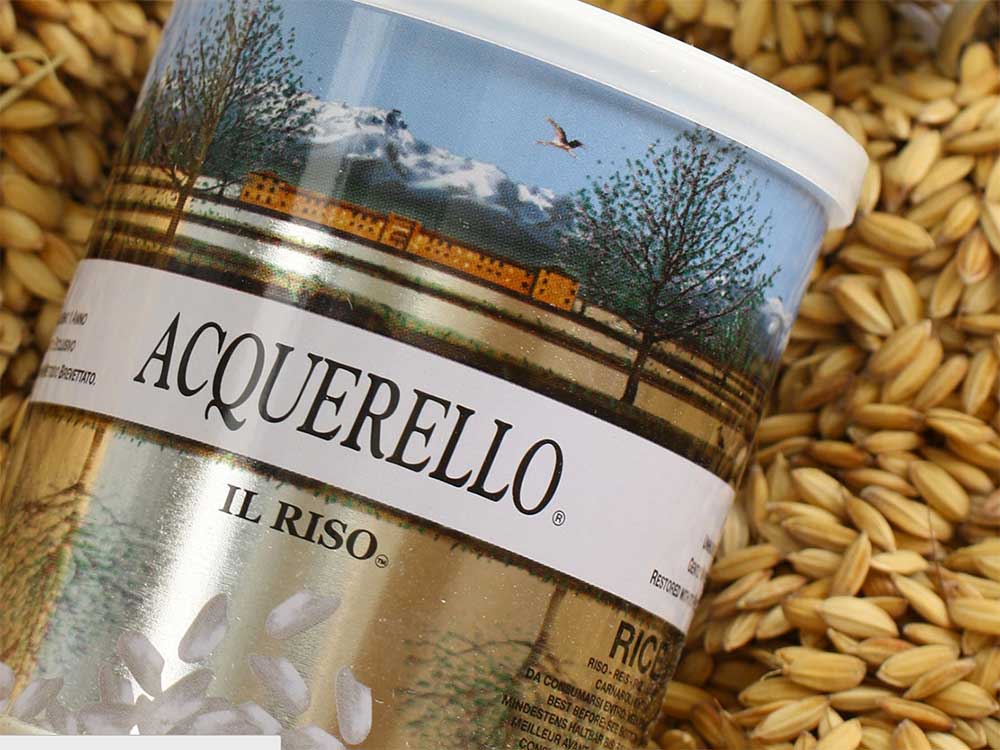
Rice may not be the first ingredient you think of when considering the Italian pantry (nor craft food), but the Rondolino family has been harvesting exceptional rice in Piedmont since 1935. Since 2000, Piero Rondolino and his son Rinaldo have been producing the rice variety Carnaroli, considered to be of the highest quality and exceptional for Italy's iconic risotto. Compared to long-grain rice like basmati or even other medium-grain rice like arborio, carnaroli's chemical composition is perfect for slowly and consistently release starch during cooking. But it's firm enough to stand up to long cooking times and makes for a creamy, hearty risotto that's hard to mess up.
Aged Anchovies: Acquapazza Gourmet
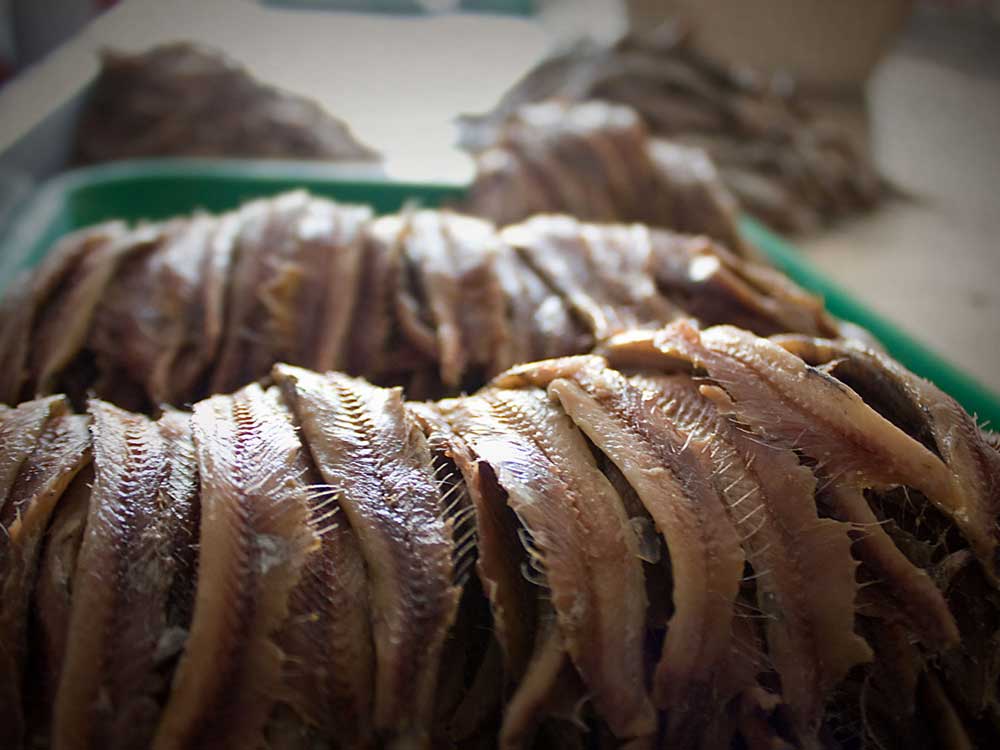
The Mediterranean and Baltic Seas gift Italy a myriad of delicacies unique to the Italian pantry. Acquapazza anchovies, from the Gulf of Salerno in Cetara, a small fishing village in Campania in the south of Italy, are a vital one. Traditional methods are practiced here to produce Colatura d'Alici (fish sauce). You can find this stateside in New York City at Buonitalia in the Chelsea Market. But here it's made with local Salerno anchovies, fermented and aged in chestnut barrels. The company's pickiness with its fish, and careful aging, leads to an excellent product and a more sustainable way to ensure that the small fishing village always has access to what it considers the symbol, and flavor, of Cetara—a clean brininess as fresh and warm as the coastal air.
And While You're in Florence
Keep Reading
Continue to Next Story










